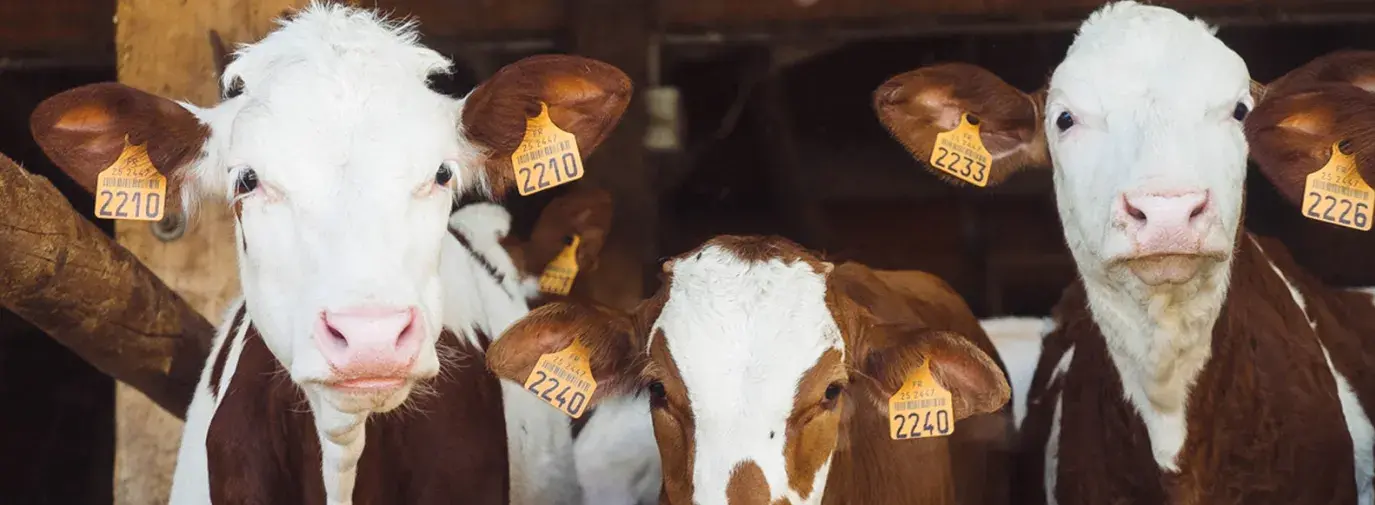
Whether you're lactose-intolerant, working to reduce your carbon footprint, or a complete cheese addict, there are many reasons why people want to try or commit to a dairy-free diet and lifestyle. But change can always be a challenge. So here are five tips to keep in mind in the dairy aisle when you want to go dairy-free.
1. Eat less cheese.
According to the Environmental Working Group, eating one kg of cheese has a carbon footprint of 13.5 kg of CO2-equivalent (CO2 e). It’s not as bad as beef, with its 27 kg CO2e per kg consumed. But yogurt (2.2 kg CO2 e/kg) and 2% milk (1.9 kg CO2 e/kg) are much lower-impact options.
2. Choose organic; avoid GMOs.
Organic dairy products are made from the milk of cows that were fed organic feed free from genetically modified organisms (GMOs)—trace accidental contamination notwithstanding. In addition, the cows were not given preventative courses of antibiotics or hormones, and they must be let out to pasture for at least 120 days out of the year, receive 30 percent of their food from pasture, and have access to the outdoors year-round. If you don’t buy organic, look for Non-GMO Project certification.
3. Buy from Green America Green Business Network® members.
Find best-option organic dairy (and grass-fed beef) from certified Green America businesses in the “Food” categories at greenpages.org.
4. Cruelty-free for the future.
While organic farms are more likely to treat their cows well than factory farms, male calves born to dairy cows often wind up as meat regardless of their origins. And after an average of five years of being milked, a female dairy cow will often be sent to slaughter as well. Pennsylvania’s Gita Nagiri Dairy Farm may be indicative of an up-and-coming trend to mitigate these concerns, offering the first slaughter-free milk in the US to local customers. The farm’s higher prices help support the cows’ lifelong care. If you’re not in PA, Mary Jane Butters’ book Milk Cow Kitchen (Gibbs Smith, 2014) gives instructions on how to raise a backyard cow and make dairy products.
5. Go for dairy-free options.
You can always try organic almond or soy milk (to avoid GMOs, make the latter organic or Non-GMO Verified). And click here for a vegan cheese option that might have you rethinking dairy cheese.







